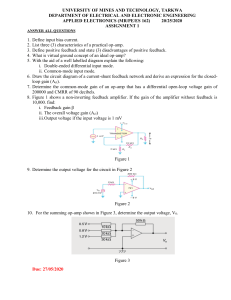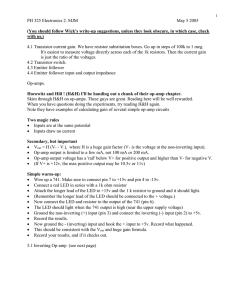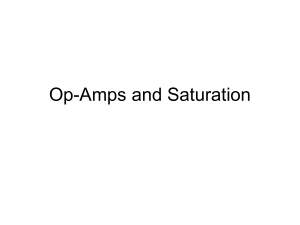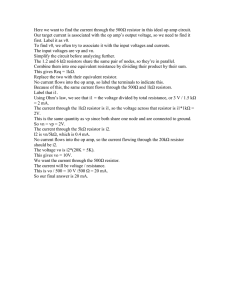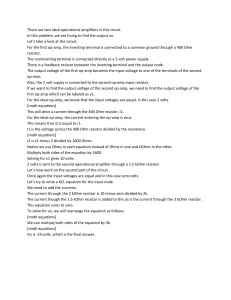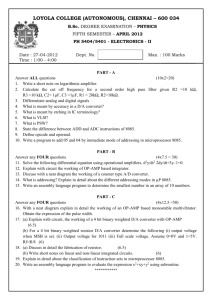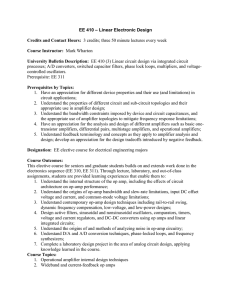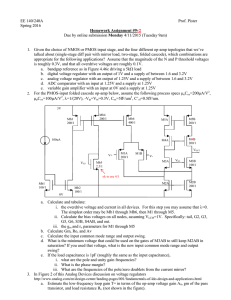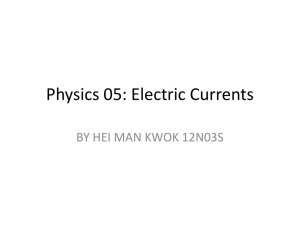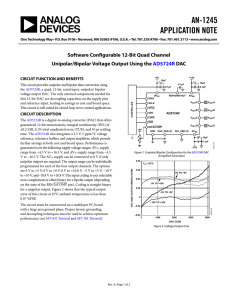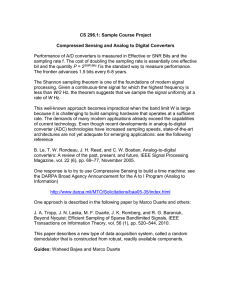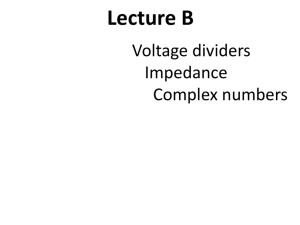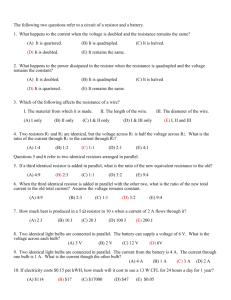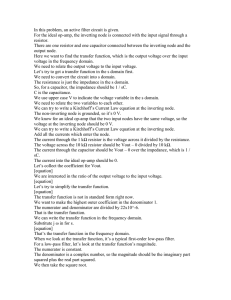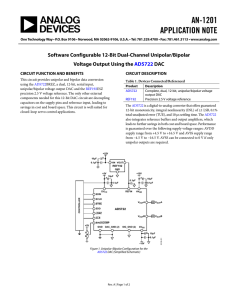RTA_Test1_13
advertisement
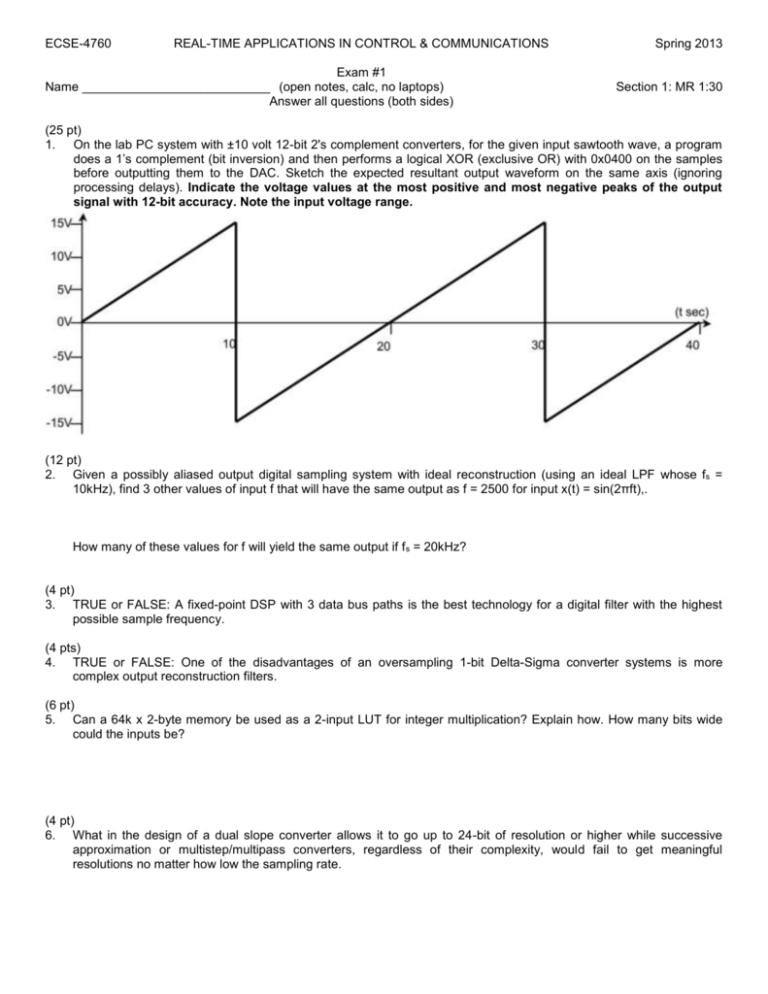
ECSE-4760 REAL-TIME APPLICATIONS IN CONTROL & COMMUNICATIONS Exam #1 Name ___________________________ (open notes, calc, no laptops) Answer all questions (both sides) Spring 2013 Section 1: MR 1:30 (25 pt) 1. On the lab PC system with ±10 volt 12-bit 2's complement converters, for the given input sawtooth wave, a program does a 1’s complement (bit inversion) and then performs a logical XOR (exclusive OR) with 0x0400 on the samples before outputting them to the DAC. Sketch the expected resultant output waveform on the same axis (ignoring processing delays). Indicate the voltage values at the most positive and most negative peaks of the output signal with 12-bit accuracy. Note the input voltage range. (12 pt) 2. Given a possibly aliased output digital sampling system with ideal reconstruction (using an ideal LPF whose fs = 10kHz), find 3 other values of input f that will have the same output as f = 2500 for input x(t) = sin(2πft),. How many of these values for f will yield the same output if f s = 20kHz? (4 pt) 3. TRUE or FALSE: A fixed-point DSP with 3 data bus paths is the best technology for a digital filter with the highest possible sample frequency. (4 pts) 4. TRUE or FALSE: One of the disadvantages of an oversampling 1-bit Delta-Sigma converter systems is more complex output reconstruction filters. (6 pt) 5. Can a 64k x 2-byte memory be used as a 2-input LUT for integer multiplication? Explain how. How many bits wide could the inputs be? (4 pt) 6. What in the design of a dual slope converter allows it to go up to 24-bit of resolution or higher while successive approximation or multistep/multipass converters, regardless of their complexity, would fail to get meaningful resolutions no matter how low the sampling rate. (7 pt) 7. In a 14-bit op-amp summing junction DAC with a 0-10V range (reference voltage is -10V) and input switches labeled 0-13, what is the resistor value for input switch 1 if the op-amp feedback resistor is 500Ω? 8. Design a digital system that has a double zero at the maximum unaliased frequency and poles at (1 ± j)/2. The sampling frequency is 50kHz (3 pt) a. Sketch the pole-zero diagram. (6 pt) b. Find the transfer function relating the output Y(z) to the input X(z). ∣ H(0)∣ = 1 for the system. (6 pts) c. Find the difference equation relating the output y(k) to the input x(k) and any previous values. (3 pt) d. Does the output depend only on previous inputs or does it depend on both previous inputs and outputs? (4 pt) e. Find the DC gain of the transfer function. (4 pt) f. Find the frequency where the gain is maximized. (2 pt) g. What kind of filter is this closest to (LPF, HPF, BPF, BSF)? (10 pt) h. Find the magnitude and phase (or complex gain) for an input on the positive imaginary axis at the unit circle.
